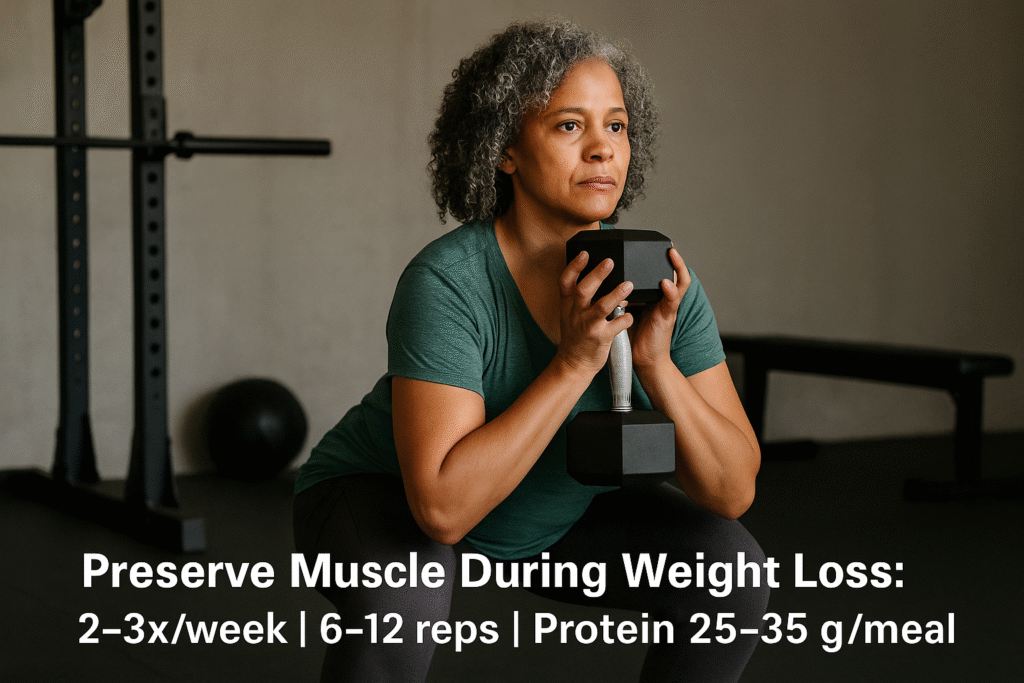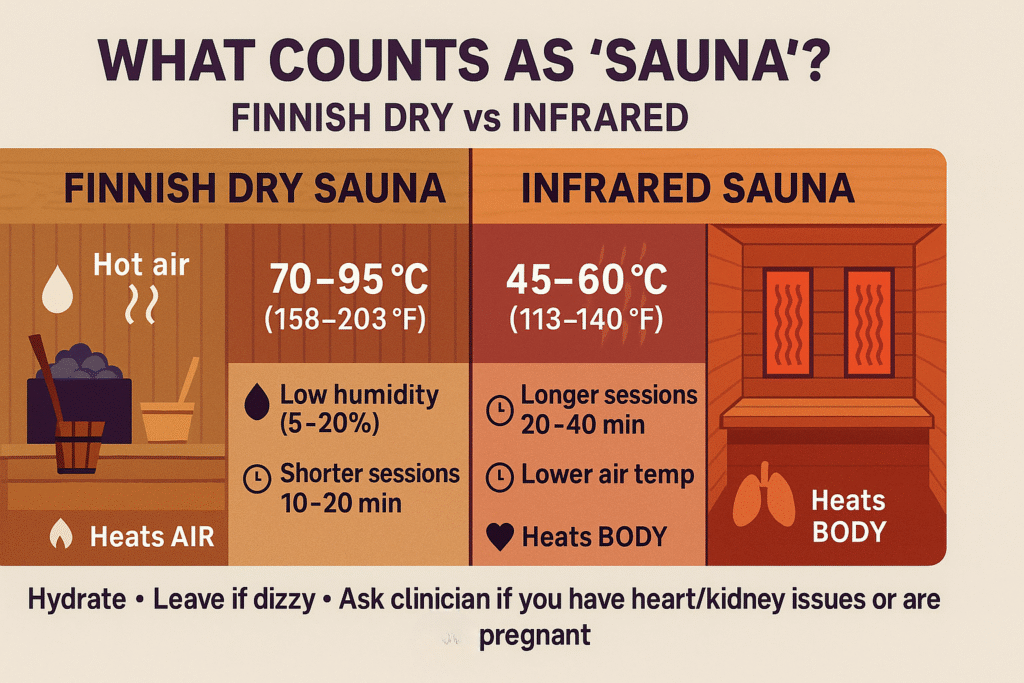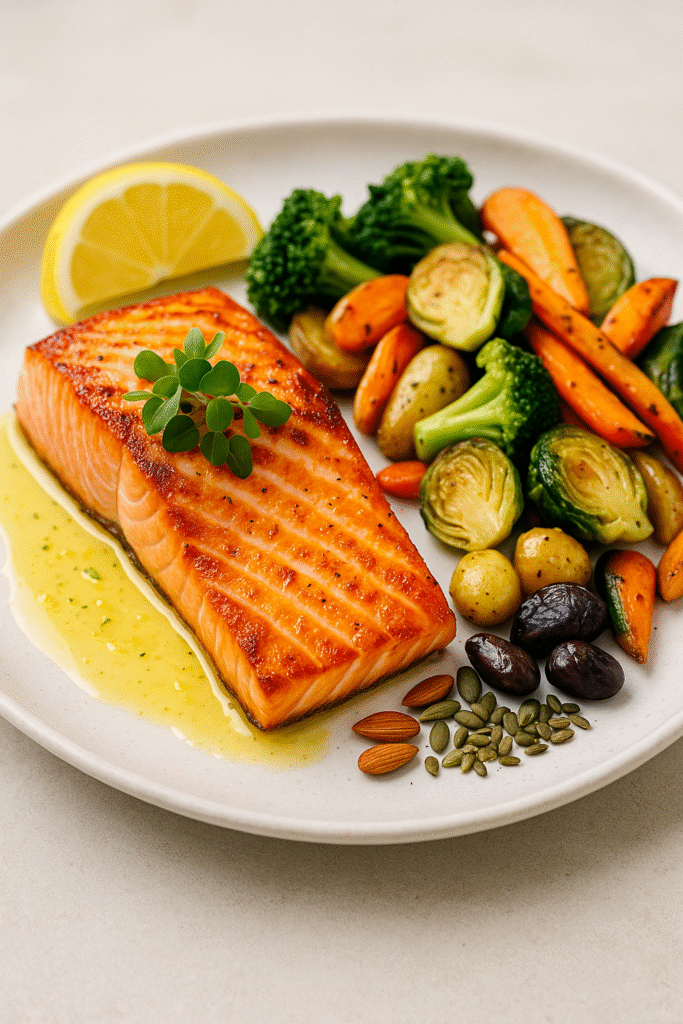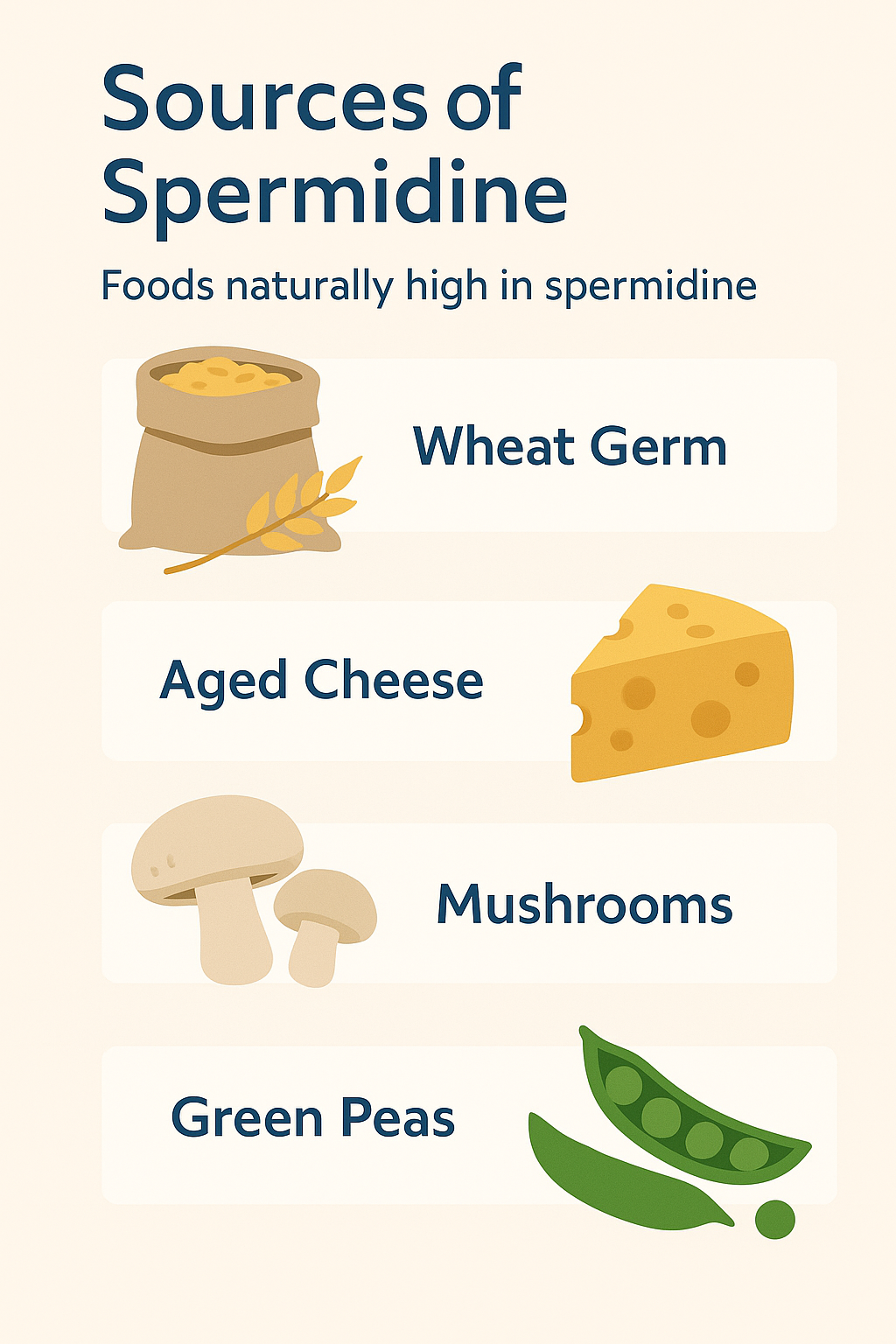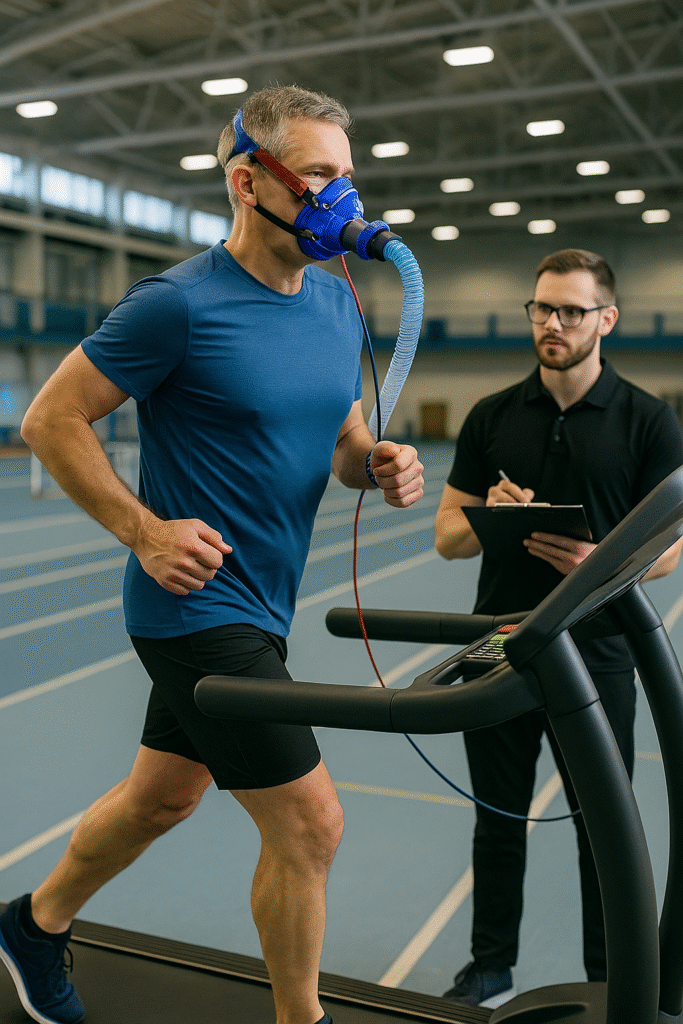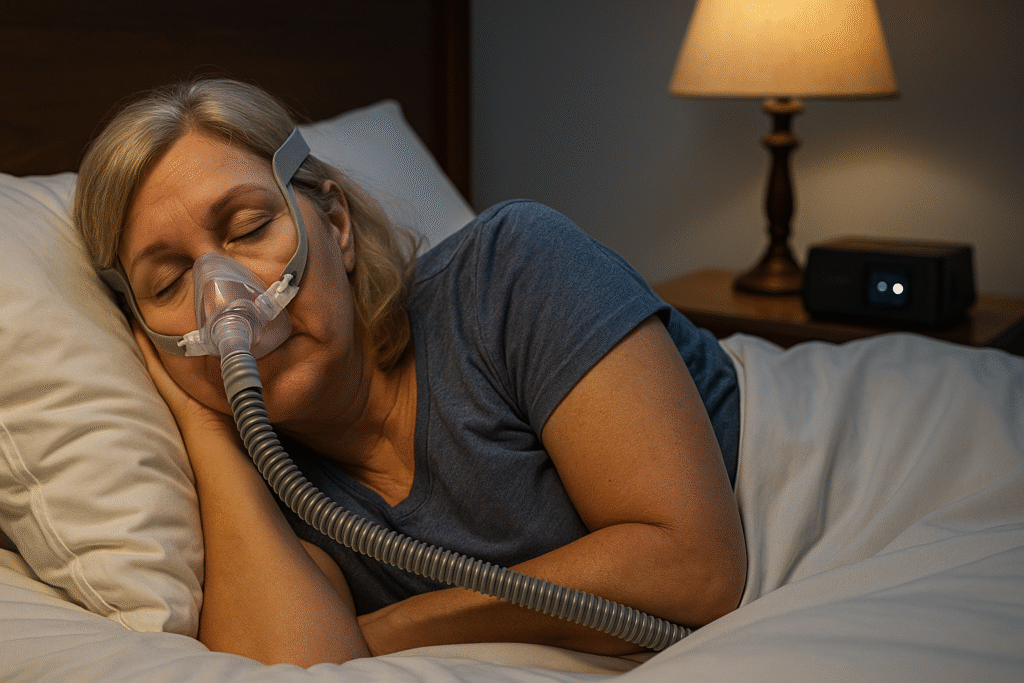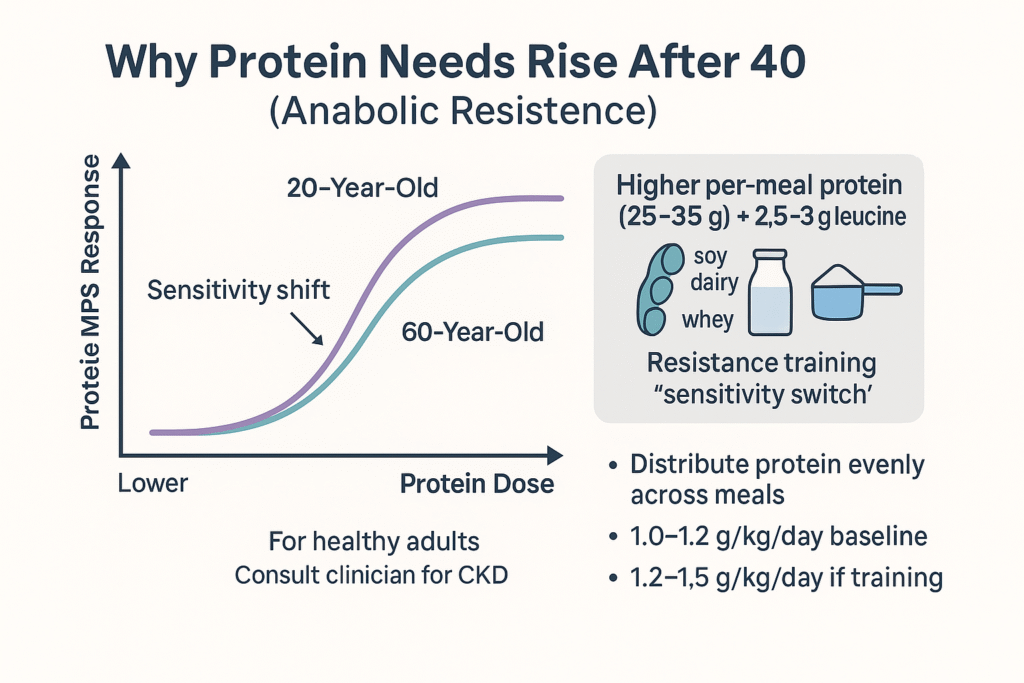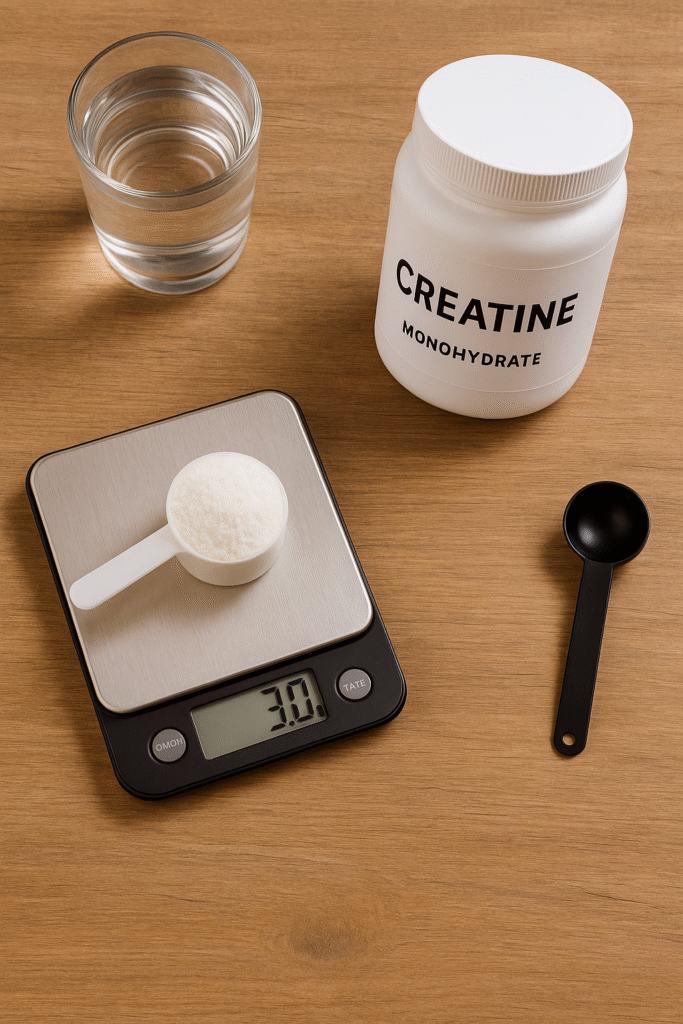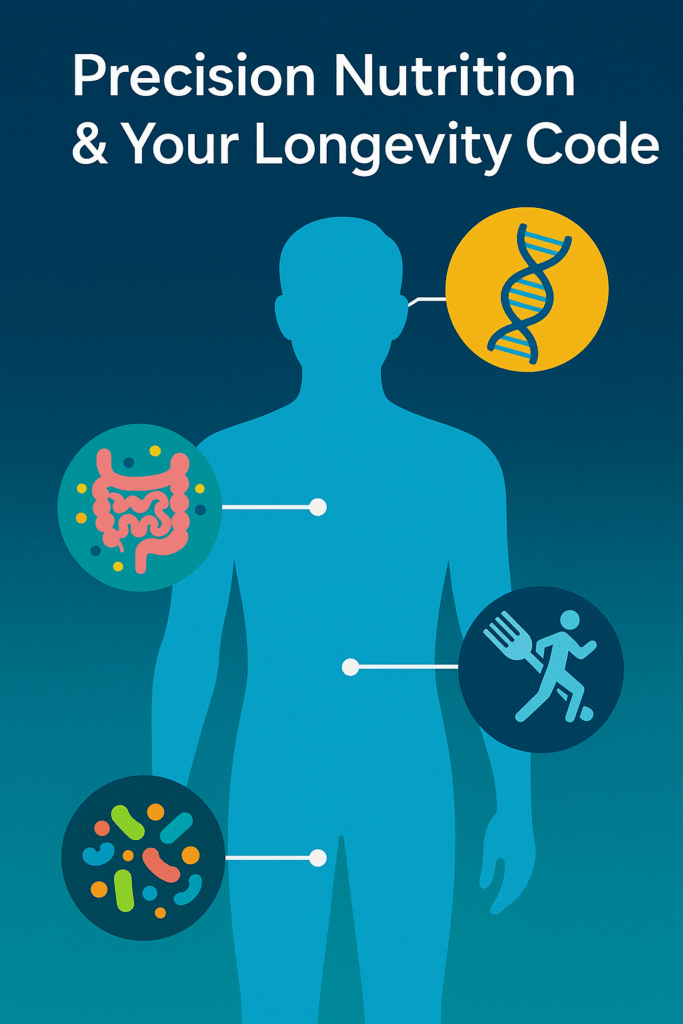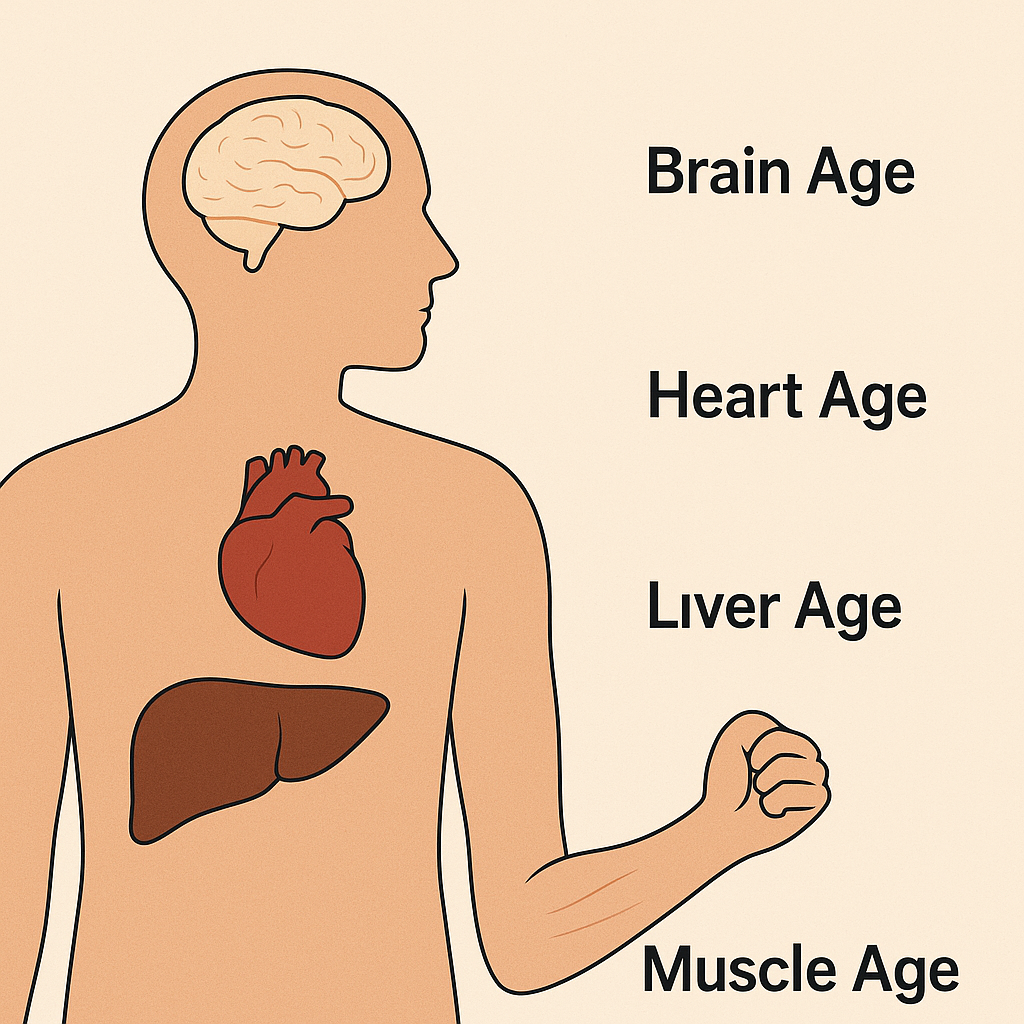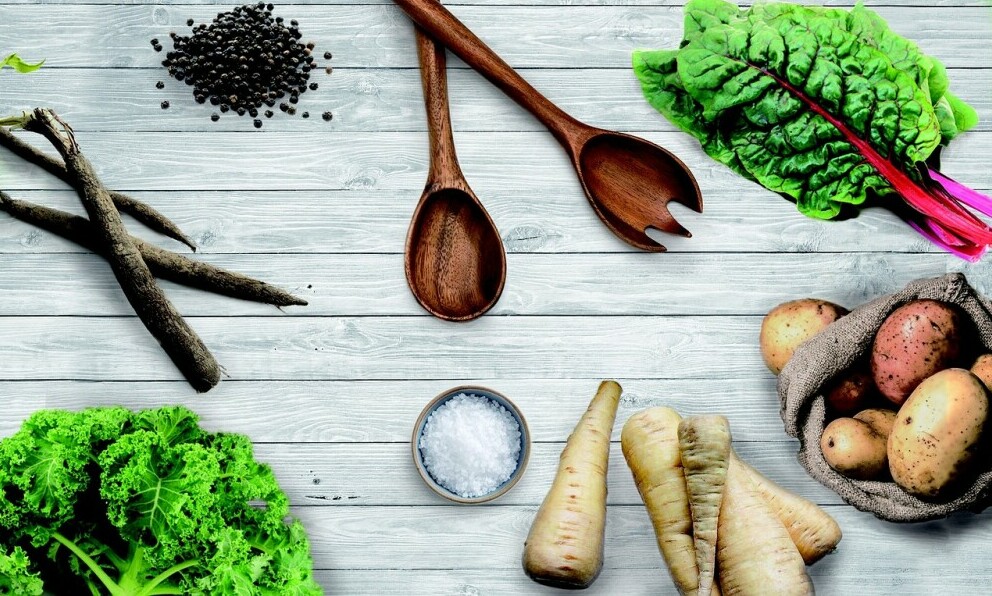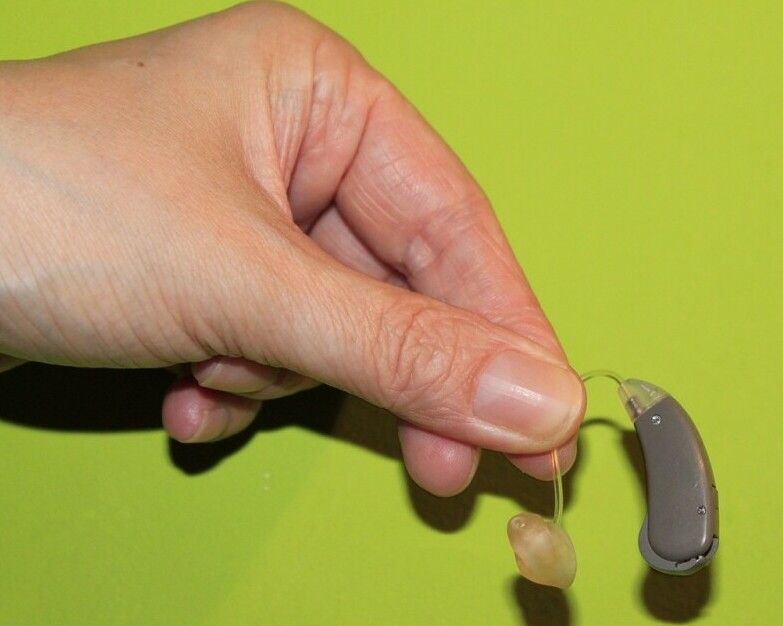After 45, use meal planning to keep weekly calorie intake aligned with real activity output so you lose fat without losing muscle and more importantly lighten joint load. Keep a modest weekly deficit, target protein ~1.0–1.2 grams per kilogram (g/kg)/day (higher if training), distribute 25–35 g protein per meal with ~3 g leucine, and lift 2–3×/week to preserve lean mass. A healthier body weight meaningfully reduces knee load (about 4 lb less force per step for each 1 lb lost), while meeting ≥150 minutes/week of moderate activity sets an output baseline for planning.
I have found that when combining Meal Planning with Fasting, this has yielded the best repeatable results for me. I usually track weekly averages, build an anchor meal daily at 35–65 g protein each, and scale additional nutrition gaps based on my training plan. Following this protocol has resulted in my weight management within +/- 4 lbs. while also maintaining my muscle mass. The goal isn’t perfection; it’s steady meals that match output, consistent strength, and a body that feels lighter on your joints month after month.
For more on how Fasting can impact your Longevity in a positive way, check out this article: The Role of Fasting In Reducing Age-Related Diseases
Why Meal Planning After 45 Matters for Longevity & Joint Health
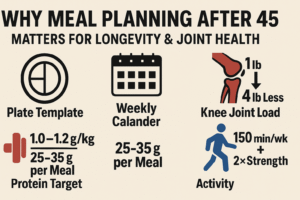
With age, non-exercise activity thermogenesis (NEAT) and spontaneous movement often drift down while appetite holds steady, nudging weight up and increasing both metabolic risk and mechanical stress on knees, hips, and spine. Meal planning after 45 closes that gap by aligning intake to output and prioritizing muscle-preserving habits. Public-health guidance offers the planning baseline: ≥150 minutes/week of moderate activity (or 75 min vigorous) plus 2 days/week of muscle-strengthening. CDC
Practical Meal Planning After 45: Set a Gentle Weekly Calorie Deficit
Think in weeks, not days: a ~300–500 kcal/day average deficit (~2,100–3,500 kcal/week) is usually enough for steady fat loss without wrecking sleep, training, or mood. In higher-output weeks (you hit the cardio + lifting targets), eat nearer maintenance; in lighter weeks, sustain the modest deficit. If hunger or recovery nosedives, the deficit is too big—nudge calories up from protein, produce, and whole-food carbs. Remember that a Caloric Surplus means that your body is not only working more to process the extra calories but also working harder to move the extra weight of the surplus. (Use the activity baseline above to keep output honest.) CDC
Protein Target for Older Adults: How Much Protein After 45 (1.0–1.2 g/kg/day)
Consensus statements for older adults recommend about 1.0–1.2 g/kg/day, moving higher with training, illness, or under-nutrition; both the PROT-AGE Study Group and ESPEN (European Society for Clinical Nutrition and Metabolism) publish this guidance. For example, PROT-AGE explicitly recommends ≥1.0–1.2 g/kg/day, rising to ≥1.2 g/kg/daywhen exercising; ESPEN similarly supports ≥1.0 g/kg/day in geriatrics. PubMed+1
Leucine Per Meal (~3 g): Overcome Anabolic Resistance After 45
Age-related anabolic resistance means older adults often need ~25–35 g protein/meal (≈0.4 g/kg/meal) with ~2.8–3.0 g leucine to fully stimulate muscle protein synthesis (MPS). Reviews note meals supplying ≈2.8 g leucine (~30 g high-quality protein) reliably trigger MPS in older adults; leucine-rich sources include whey, dairy, eggs, many fish, and soy(for plant-forward eaters). Frontiers+1
Meal Planning After 45: Build Plates that Match Weekly Calorie Output
Use a simple plate that scales with activity:
Protein (25–35 g): Salmon, chicken thighs, cottage cheese/skyr, tofu/tempeh, eggs, whey/soy shakes (supports MPS and satiety). PubMed
Produce (2 fists): Leafy greens + colorful veg (fiber, micronutrients).
Purposeful Carbs (1 fist; scale to output): Oats, potatoes, fruit, legumes, whole-grain sourdough.
Fats (1 thumb): Olive oil, nuts, avocado (flavor, staying power).
Meal Planning After 45 Breakfasts: 25–35 g Protein Ideas
Greek yogurt parfait + two eggs
Tofu scramble with edamame
Whey/soy smoothie (banana + oats)
Cottage cheese bowl with berries and walnuts
(Breakfast is the meal most older adults under-protein—front-loading helps you hit the daily target.) PubMed
Resistance Training After 45: Preserve Muscle During Weight Loss
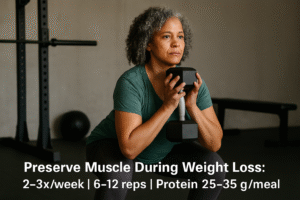
Dieting without training risks losing lean mass along with fat. Meta-analyses show pairing resistance training with caloric restriction attenuates or prevents lean-mass loss and improves body composition, especially in older or higher-BMI adults. Two to three full-body sessions per week—squat or sit-to-stand; hinge/bridge; row/pull-down; push-up/press—go a long way. PMC+1
Preserve Muscle During Weight Loss: 2–3 Strength Days/Week
Use 2–3 sets of 6–12 reps, leaving 1–2 reps in reserve. Add farmer carries for trunk stability and grip. Progress slowly; pain-free range beats chasing load.
150 Minutes Exercise Guideline: Align Activity & Meal Planning After 45
Treat ≥150 minutes/week of moderate-intensity activity (or 75 min vigorous) plus 2 strength days as your output baseline; the meal plan rides on top of that baseline. For many readers, that translates to 30 minutes/day, 5 days/week + two brief lift sessions. CDC
150 Minutes Exercise Guideline Made Simple: Zone 2 and Steps
Most cardio should be Zone 2 (conversational pace)—walking, easy cycling, or rowing that you can repeat frequently and recover from easily—then sprinkle short hills/intervals only when sleep and joints are solid. (Zone 2 makes the minutes achievable and sustainable.) CDC
Weight Loss & Joint Pain: How Fat Loss Reduces Knee Load
A classic biomechanics analysis showed that each 1 lb of body-weight lost reduced knee joint load by ~4 lb per step—a clinically meaningful change compounded across thousands of steps per day. Trials in adults with knee osteoarthritis (OA) demonstrate that diet + exercise can improve pain and function over 18 months, even if absolute pain differences are modest. Bottom line: trimming fat mass is joint medicine, especially when paired with strength around the hips and hamstrings. PubMed+1
Weight Loss for Joint Pain Relief: 1 lb Down ≈ 4 lb Less Knee Load
Bias joint-friendly cardio (incline walking, cycling, pool work) while strengthening glutes, hamstrings, and quads to stabilize the knee and share the load. PMC
Weekly Meal Planning After 45: Winning Templates for Training & Recovery Days
Training-day template (strength or hills/intervals):
Breakfast (30–35 g protein): Greek yogurt + eggs or whey/soy smoothie with oats.
Lunch (30 g): Lentil-quinoa bowl + tofu/edamame; olive-oil vinaigrette.
Dinner (35 g): Salmon, potatoes, big salad; cottage cheese “top-off” if dinner is light.
Carbs: Include starch at 1–2 meals to match higher output.
Recovery/low-output template:
Breakfast (30 g): Omelet with vegetables + cottage cheese.
Lunch (25–30 g): Chicken/tempeh salad bowl; smaller starch.
Dinner (30–35 g): Chili (beef/bean or tempeh/bean) + roasted vegetables.
Carbs: Smaller portions; emphasize produce + protein.
Meal Planning on Travel Days: Portable Protein Top-Offs
Keep a shaker + single-serve whey/plant packets, tuna pouches, roasted chickpeas, and a soy latte option to backfill meals that miss the 25–35 g mark. (Hitting per-meal protein is a key lever for MPS—muscle protein synthesis.) Frontiers
Troubleshooting Meal Planning After 45: Hunger, Stalls, & Busy Weeks
Always hungry? Deficit too large; add 200–300 kcal from protein/produce/whole-food carbs and reassess sleep/energy.
No scale change, pants looser? You may be recomping (fat ↓, muscle ↑); keep protein and training steady. PMC
Sore knees despite loss? Slow the progress, bias cycling/pool, and keep strengthening hips/hamstrings (OA trials favor diet + exercise). PMC
Time-crunched? Default dinners = protein + bagged salad + freezer veg; repeat.
Evidence Summary: Protein Target for Older Adults & Leucine Per Meal
Protein after 45: ~1.0–1.2 g/kg/day, higher with training or illness (medical oversight for CKD—chronic kidney disease). PubMed+1
Per-meal dose: 25–35 g with ~2.8–3.0 g leucine supports MPS despite anabolic resistance. Frontiers
Strength during deficit: Resistance training attenuates lean-mass loss with caloric restriction. PMC+1
Joint load: 1 lb down ≈ 4 lb less knee load per step; diet + exercise improves knee OA pain/function. PubMed+1
Activity minimums: ≥150 min/week moderate or 75 min/week vigorous + 2 strength days. CDC
Product Picks
| Product Image | Product Name / Our Rating / Price | Primary Button |
|---|---|---|
| ||
Conclusion
For adults over 45, meal planning after 45 is a high-yield habit: match calorie intake to actual output, lock protein and leucine per meal, and lift 2–3×/week to defend muscle while you trim fat and reduce joint load. Use a gentle weekly deficit, scale carbs to training, and keep several default meals on repeat. If progress stalls, adjust by small notches; if joints complain, keep moving with joint-friendly cardio as you strengthen. The compounding payoff—better body composition, less joint strain, more energy—shows up first in how you move through your day. CDC+3PubMed+3Frontiers+3
Disclaimer: All the content on this site is for informational purposes only, does not constitute medical advice, and does not establish any kind of patient-client relationship by your use of this website. I am not a health care professional. The information, including but not limited to text, graphics, images and other material contained on this website are for informational purposes only. No material on this site is intended to be a substitute for professional medical advice, diagnosis, or treatment. Before starting any new regimen, supplement, diet, or program, it is crucial to consult with a healthcare professional to ensure it is safe and suitable for your individual health needs and circumstances. Here’s a little transparency: This website also contains affiliate links. This means if you click and make a purchase, we may receive a small commission. Don’t worry, there’s no extra cost to you. It’s a simple way you can support our mission to bring you quality content.


